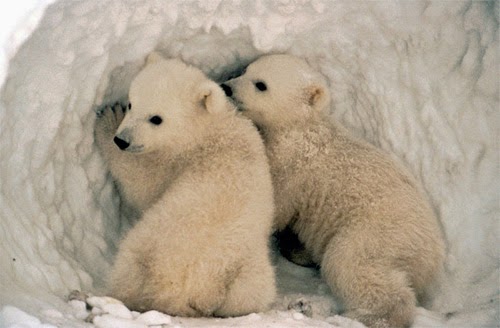Piracy is to the 16th
century and pirates attacked ships of any nationality. They made robbing and
fighting at sea their profession.
Bartholomew
Roberts
was the most successful pirate the world ever knew. A rumor goes that he
plundered 400 ships. The main reason for a constant success was his boldness.
This fearless pirate terrorized every ship he encountered throughout the
Caribbean Sea, which included many warships, which even the bravest pirates
would avoid. He was known as ‘Black Bart’, which represents all his violent
activities. He was born in South Wales and his real name was John Roberts.
Since his youth, he had been on many ships, preparing for a naval life. While
serving on a British Slaver “Princess” he was enslaved. A pirate Howell Davis
captured that ship near Guinea Coast. The pirates forced Roberts to join the crew,
but soon he realized that this trade was an ideal opportunity for him to become
a pirate.
 |
| PIRATE BARTHOLOMEW ROBERTS |
Edward
Low (1690-1724) is today remembered as one of the
most notorious pirates in the golden age of piracy. He was an English pirate.
During his active years, he terrorized western coast of North America gaining
reputation of an extremely violent pirate. Stories of his cruel management of
captured ships and their passengers soon reached the governments of America and
England, and they quickly marked Low as one of the most sought criminal of his
age. In his youth, Low was working as dock worker and shipmate, and then he and
his crew soon turned against their captain and took control over the ship. Low,
now a pirate captain managed to capture several trade ships of the coast of
Boston and New York, which gave him funds to relocate to more lucrative waters
of the Caribbean.
 |
| CAPTAIN EDWARD LOW |
Charles
Vane was certainly one of the most skillful English
pirate captains. His navigating and ship combat skills were unmatchable, and he
successfully plundered a number of vessels. However, he didn’t get along with
his crew, which completely ruined him and put an end to his career. His
pirating days began in 1716, when he became a crew member under Henry Jennings,
Jennings like many other pirates raided ships and camps of the sunken Spanish
galleons’ salvagers on the coast of eastern Florida. In 1718, Vane became a
captain and continued sailing on his own. Captain Vane became quickly infamous,
because he captured many vessels, tortured and murdered many prisoners.
 |
| PIRATE CHARLES VANE |
Edward
England he
was born in Ireland. His real name was Edward Seegar. Edward’s career as a
pirate began while he was working on a sloop as a first mate. During a trip
from Jamaica to Providence, the ship was taken by a pirate Captain Winter. Soon
after, he gained pirates confidence and became one of them. While the other
pirates from his crew surrendered to king’s pardon, Edward England refused and
he was forced to leave the Caribbean. It was Woodes Rogers, a former privateer
and the governor of Bahamas that attacked his stronghold. So, the Irishman was
forced to sail to Africa to continue his plundering.
 |
| THE IRISHMAN, EDWARD
ENGLAND |
Calico
Rackham Jack had
average accomplishments as a pirate. His fame comes from the fact that the two
most famous woman pirates, Anne Bonny and Mary Read sailed under his flag.
Calico Jack got the nickname Calico, because he was always wearing lousy
striped calico pants. Calico Jack Rackham never had enough manpower to attack
heavily protected treasure ships. He preferred to use a small sloop and attack
fishing vessels and local merchants.
 |
| CALICO RACKHAM JACK |
Anne
Bonny it
is hard to separate the legends from the facts of Anne Bonny. The only thing we
can be sure of is that Anne Bonny was a strong, independent Irish woman, who
was still ahead of her time, 18th century, was a time when men made
all important decisions, a time when women did not have many rights. In this
men’s world, it was hard for Anne Bonny to become an equal crewmember and a
respected pirate.
 |
| ANNE BONNY |




















